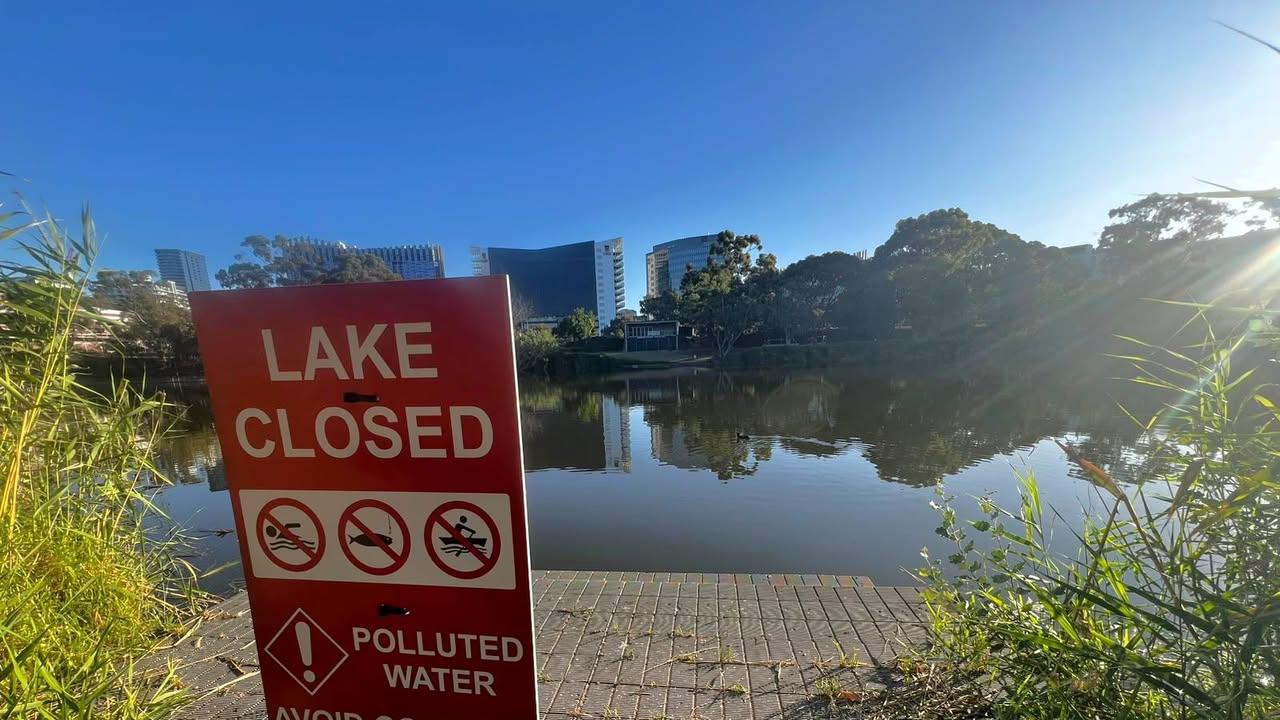‘Youth suicide hotspots’: Study reveals link to poor mental health services
New research has mapped Australia’s youth suicide hotspots. See where they are and why some communities are eight times more likely to be affected.

Health
Don't miss out on the headlines from Health. Followed categories will be added to My News.
Australian communities with poor access to mental health services are eight times more likely to be youth suicide hotspots, new research has found.
Telethon Kids Institute Youth Mental Health team suicide prevention researcher Dr Nicole Hill and her team used national coronial data to map suicides of 1959 Australians aged 10 to 24 who died between 2016 and 2020.
Suicide is among the top five leading causes of death in people under the age of 25, globally, and the leading cause of preventable deaths in young Australians aged 10 to 24 years old.
The research, published in the Australian and New Zealand Journal of Psychiatry on Wednesday, found eight suicide ‘hotspots’ where there were significantly more suicides than would be expected and two ‘coldspots’ where the rates were far lower.
Large areas of remote and regional Queensland and Western Australia, as well as parts of country New South Wales and South Australia were identified as hotspots for youth suicide.
But pockets of Sydney and Perth were found to be coldspots.

The research team compared the characteristics of communities, including the number of mental health services and mental health staff available, opening times, and travel time to services at the time young people were in a state of acute suicidal crisis and died by suicide.
They found hotspot communities had substantially lower access to mental health services compared to coldspot communities.
“Specifically, we found areas with low mental health workforce supply were associated with eightfold greater odds of a suicide occurring in a hotspot compared to non-cluster suicides,” Dr Hill said.
“The suicide coldspots we identified all occurred in areas characterised by moderate-to-high mental health workforce supply.”

In addition to access to mental health services, illicit substance use among young people at their time of death was 20 per cent higher in hotspot communities.
“It’s a known problem that people who have substance misuse problems are often not eligible to access mental health services. This is a real missed opportunity for youth suicide prevention and the prevention of suicide clusters,” Dr Hill said.
By comparing hotspots with coldspots, the researchers were able to not only establish the link between higher suicide rates and lower access to services, but that high access to mental health services may be a protective factor against suicide in young people.
“These findings have important implications for postvention and the prevention of suicide contagion, where a cluster of suicides can follow the suicide of someone within a community,” Dr Hill said.
“When a young person dies by suicide, there is often a lot of fear and anxiety about the prospect of further deaths in the community. This research suggests that providing timely access to mental health services, particularly in the aftermath of a suicide, may potentially be protective against further deaths.
“It’s really the first time we have been able to identify a modifiable risk factor because we can’t make a community less remote, but we can improve access to services in that community,” she said.
“It’s an empowering message: there is something we can actually do about it.
“We can’t just be telling people to seek help when a suicide occurs, because if that help isn’t available we are potentially increasing helplessness and putting that community at greater risk.”
If you or someone you know needs support, contact:
Lifeline Australia on 13 11 14
Kids Helpline on 1800 55 1800
Beyond Blue on 1300 22 4636
Originally published as ‘Youth suicide hotspots’: Study reveals link to poor mental health services





